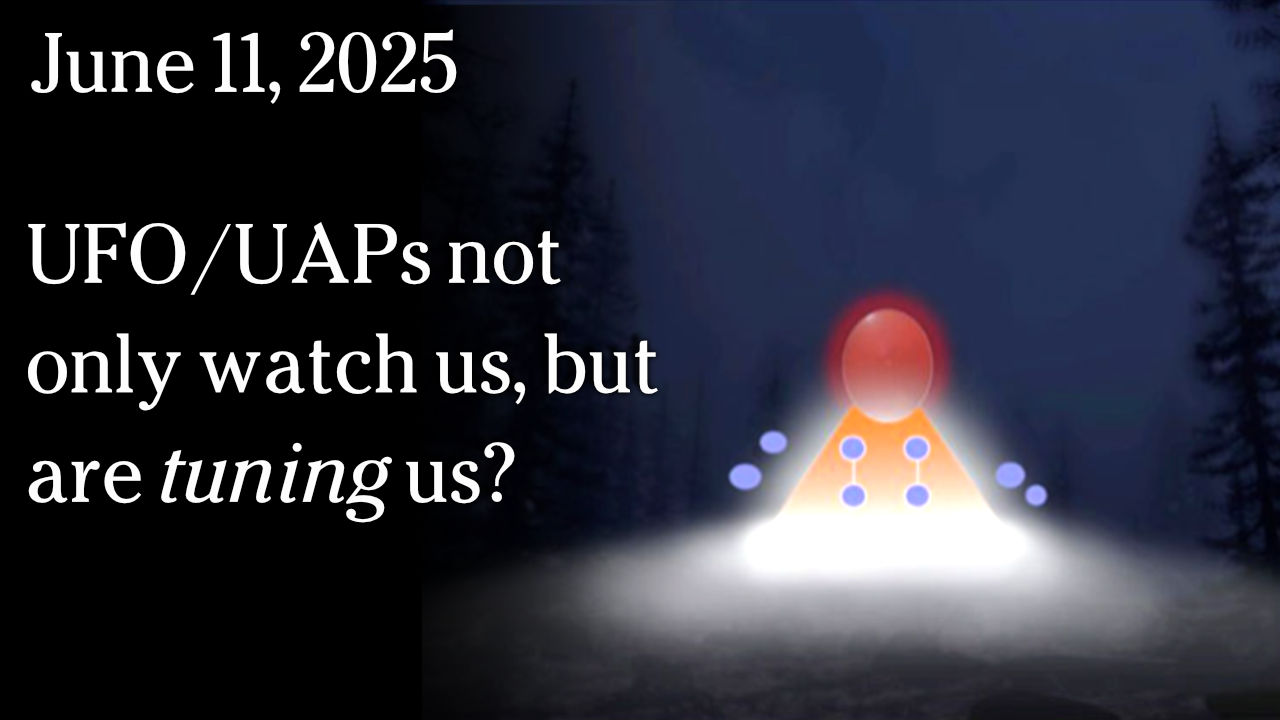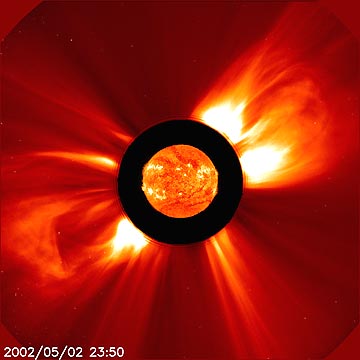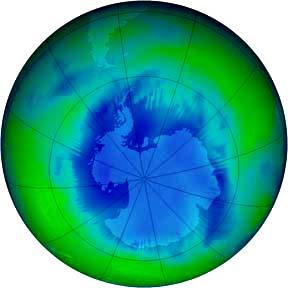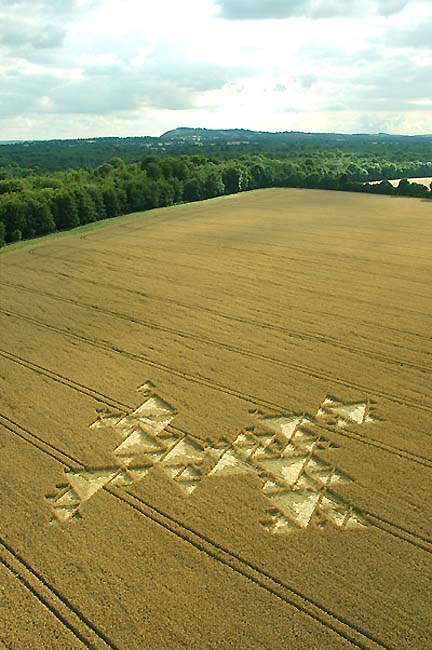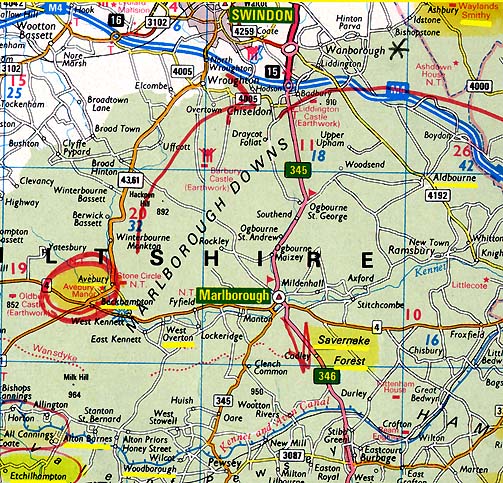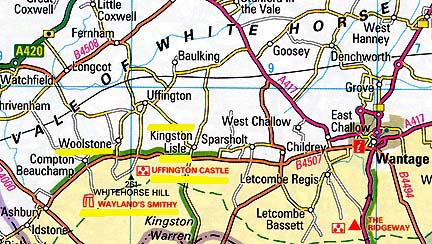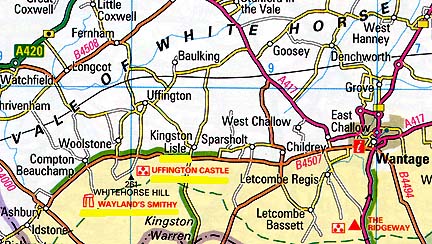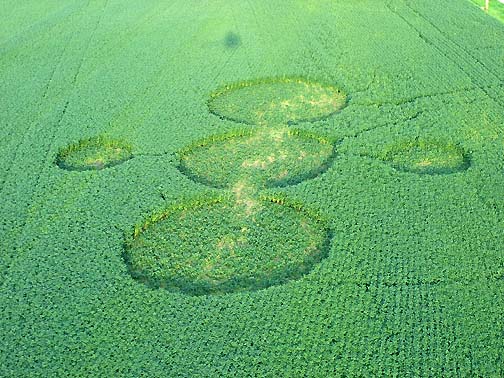
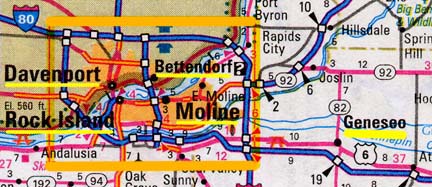
August 27, 2006 Geneseo, Illinois – On Sunday, August 20, 2006, Quad City Times reporter, Barb Ickes, wrote: “The crop circles at Jim Stahl’s farm appeared as they always do – out of nowhere. … The five circles in his soybean field create a geometric pattern. Three of the circles are the same size – about 50 feet in diameter – and are connected like beans in a pod. The other two circles are half the size of the others and flank them on either side. They appear to be precisely the same distance from the main circle. …Amid a 90-acre field of soybeans, Stahl discovered the oddity Saturday morning (August 19, 2006). He called the Henry County Sheriff’s Department.”Click for report.



